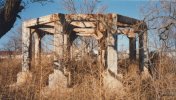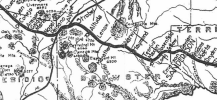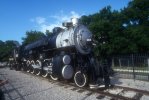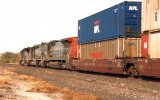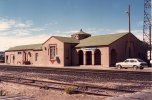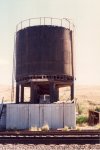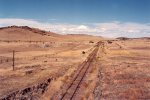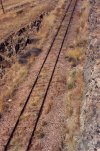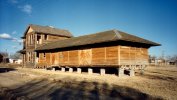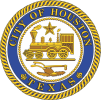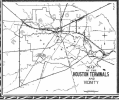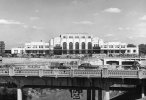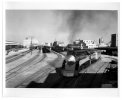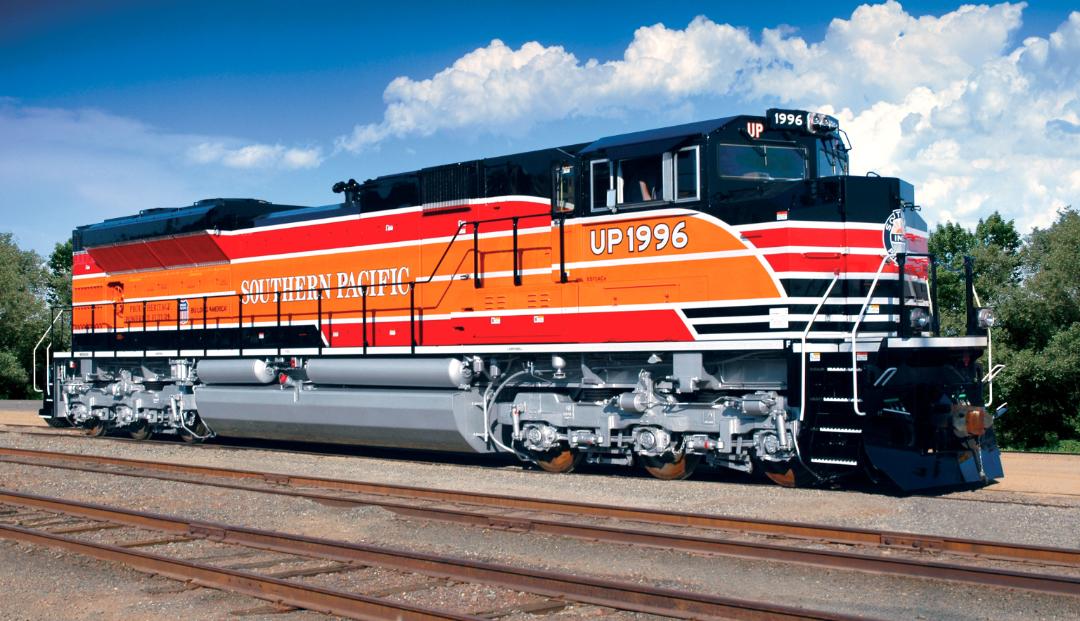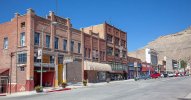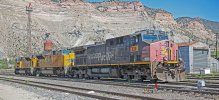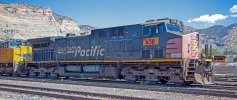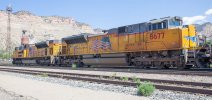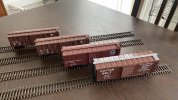Focalplane
Western Thunderer
Recently I have been looking back over my association with the Espee, be it living in Houston, buying SP models and books or just watching videos. Recently YouTube seems to have been the repository for several reworked 16mm and 8mm movies which are well worth watching. Mostly California, of course, but reference to other divisions is made from time to time.
One of the best compilations is a documentary hosted by Michael Gross on the Daylight story. It’s one I have seen before many times but good that it is back on line. Other movies that kept me up late featured the last built GS, 4460. This was used for the end of SP Steam rail fan trips. A GS6, 4460 was originally with the Cotton Belt (IIRC) but transferred to California for the end. It was then gifted to St. Louis where it still “lives”, albeit not in running condition. The better known 4449 does, however, claim the title of SP flagship.
Gifting locomotives to local communities was a major reason the SP lives on today. Most have survived with cosmetic refurbishments but asbestos has been the main reason so few have been fully restored. The 2-10-2 no. 982 (that’s a T&NO number) given to Houston was plinthed in Hermann Park for years while various groups tried to get funding for full restoration. In the end it was moved to near the new baseball park in what was once Union Station. In all honesty, why restore a large freight locomotive for a tourist line? Only Union Pacific could do that!
Part of my job at the moment is to salvage boxes of photos and slides from my Texas days and there are many photos there of the Espee, both infrastructure and rolling stock. A lot are modern but as they are all gone now they have become historic as well.
So I plan to use this thread as a means of sharing my photos, thoughts and so on. I welcome others’ contributions to the thread!
As a taster, then, here is a West Texas panorama of the Sunset Line, looking west from the grade crossing at Marathon.
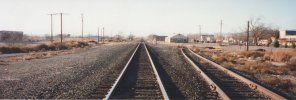
The story here is that in steam days the box cars carrying fresh fruit and produce from California had to be iced down and Marathon had a water supply to provide the ice. All gone now, of course. The nearest station is now at Alpine, farther west, where Amtrak still operates the modern day Sunset Limited. The restored Gage Hotel is just to the right of the photo and guests are kept awake at night by the crossing bell as freight trains rumble through the small “one horse” town. Photo dated 1998.
One of the best compilations is a documentary hosted by Michael Gross on the Daylight story. It’s one I have seen before many times but good that it is back on line. Other movies that kept me up late featured the last built GS, 4460. This was used for the end of SP Steam rail fan trips. A GS6, 4460 was originally with the Cotton Belt (IIRC) but transferred to California for the end. It was then gifted to St. Louis where it still “lives”, albeit not in running condition. The better known 4449 does, however, claim the title of SP flagship.
Gifting locomotives to local communities was a major reason the SP lives on today. Most have survived with cosmetic refurbishments but asbestos has been the main reason so few have been fully restored. The 2-10-2 no. 982 (that’s a T&NO number) given to Houston was plinthed in Hermann Park for years while various groups tried to get funding for full restoration. In the end it was moved to near the new baseball park in what was once Union Station. In all honesty, why restore a large freight locomotive for a tourist line? Only Union Pacific could do that!
Part of my job at the moment is to salvage boxes of photos and slides from my Texas days and there are many photos there of the Espee, both infrastructure and rolling stock. A lot are modern but as they are all gone now they have become historic as well.
So I plan to use this thread as a means of sharing my photos, thoughts and so on. I welcome others’ contributions to the thread!
As a taster, then, here is a West Texas panorama of the Sunset Line, looking west from the grade crossing at Marathon.

The story here is that in steam days the box cars carrying fresh fruit and produce from California had to be iced down and Marathon had a water supply to provide the ice. All gone now, of course. The nearest station is now at Alpine, farther west, where Amtrak still operates the modern day Sunset Limited. The restored Gage Hotel is just to the right of the photo and guests are kept awake at night by the crossing bell as freight trains rumble through the small “one horse” town. Photo dated 1998.
Last edited:

